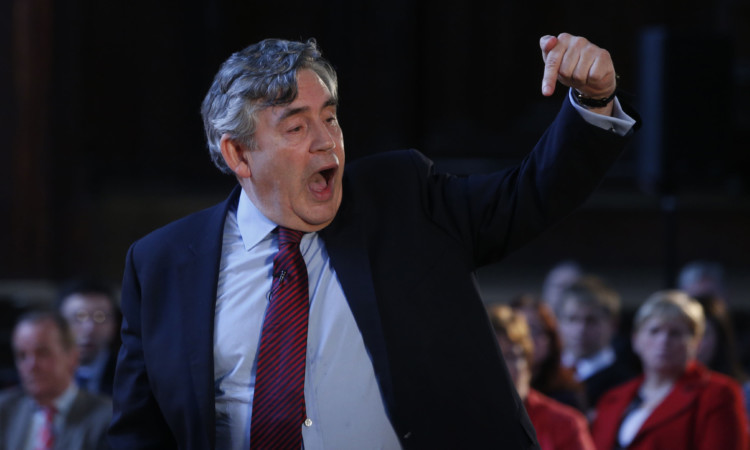
The raid on private pensions by former Chancellor Gordon Brown has cost workers nearly £120 billion since 1997.
Staggering new figures show the move to end tax relief on pensions firms’ dividends has saved the Treasury around £7bn a year.
The controversial decision, one of Mr Brown’s first acts when he was appointed Chancellor, has long been blamed for accelerating the closure of thousands of final-salary pension schemes.
Before the move most pension funds had more than enough cash to pay the incomes of retirees.
But the tax raid, designed to encourage firms to invest their surplus money, went too far according to industry experts and created major shortfalls in workplace pension funds.
Ros Altmann, a former Downing Street adviser on pensions, said Labour’s move was “the beginning of the end of the gold standard pension that British workers could rely on from their boss.”
She added: “This is money that has come out of people’s pensions. It paved the way for the end of final-salary schemes because it made them so much more expensive. They were suddenly unaffordable.”
Figures from the Office for Budget Responsibility released last week show the tax changes have saved the Treasury £117.9bn between 1997 and 2014.
Over the same period the number of private-sector workers with a defined benefit pension collapsed from 5m to 1.7m.
Thousands of companies have closed lucrative final-salary schemes which pay a retirement income based on an employee’s length of service and pay after they could no longer afford them in the wake of losing this big source of income.
Before being elected in 2010 Chancellor George Osborne pledged to reverse the effects of the pensions raid but has so far failed to do so.
However, pensioners are in line for a boost next April when they will be given greater say over how to spend their pension pot.
SNP work and pensions spokeswoman Dr Eilidh Whiteford MP said: “Nobody can trust a word Gordon Brown says on pensions.
“Gordon Brown has betrayed the trust some people had in him when he demolished their pension savings.”

Enjoy the convenience of having The Sunday Post delivered as a digital ePaper straight to your smartphone, tablet or computer.
Subscribe for only £5.49 a month and enjoy all the benefits of the printed paper as a digital replica.
Subscribe